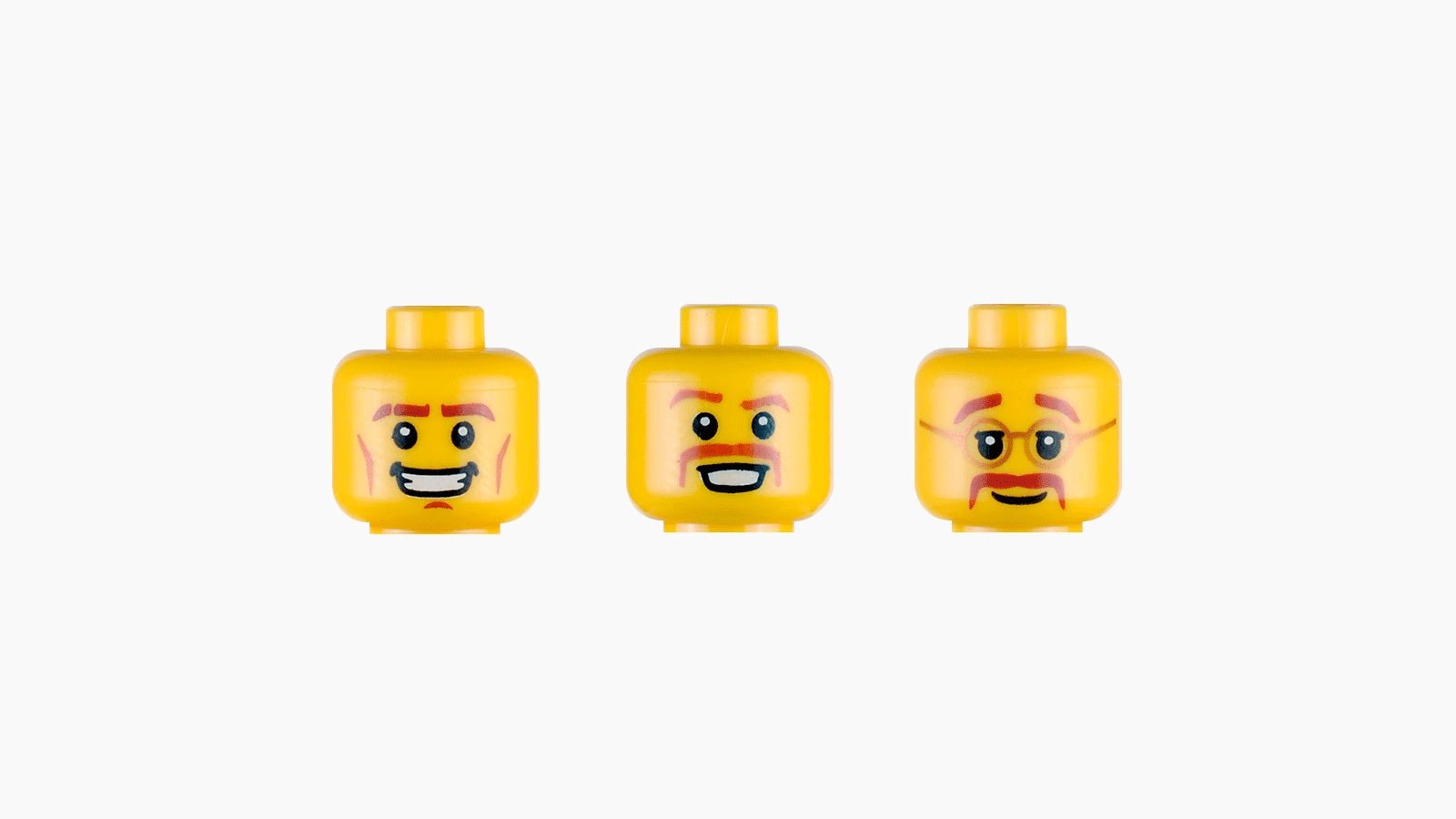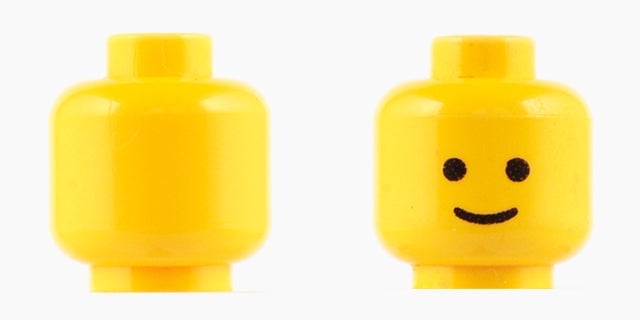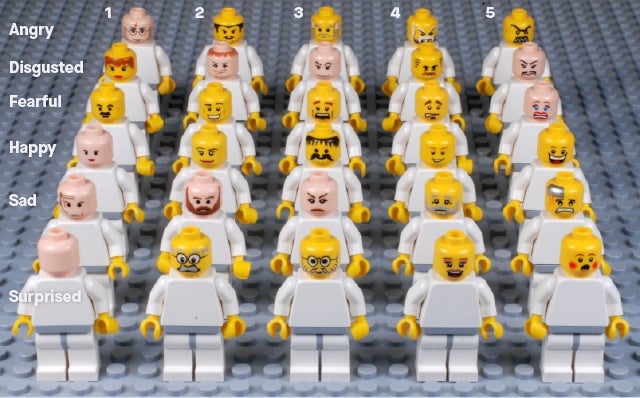How are Lego emotions changing? Help us find out.
The figures of Legoland run the gamut: yellow, blue, bearded, mustachioed, man, woman, alien, dinosaur, and more. It’s a diverse society. On an emotional level, however, the data on their joy is looking grim.


The figures of Legoland run the gamut: yellow, blue, bearded, mustachioed, man, woman, alien, dinosaur, and more. It’s a diverse society. On an emotional level, however, the data on their joy is looking grim.
At just over one and half inches, Lego figurines—“minifigures” as they’re known—serve as a mascot, and business card for the eponymous Danish company. When Lego first produced minifigures in 1974, the cylindrical head had no face. The demure smile was only added four years later in 1978. The Lego minifigure was happy.

The Minifigure population has recently exploded. Driven by licensing deals to create toy sets based on movie plots and characters, there are more than 10,000 unique minifigures, each with their own precious expression.
To see how those expressions are changing, we constructed the survey below. It will show you a random Lego head out of a set of about 1,600 released between 1975 and 2016. Select the emotion you see in it and rank the expression’s intensity.
Editor’s Note: Due to a change we made in technology providers, the charts above no longer update with every reader response. The charts reflect a limited set of responses we collected in October 2018.
We based our survey on the work of Dr. Christoph Bartneck, a researcher and AFOL (Adult Fan of Legos). He took 3,655 photos of the Lego minifigures and identified 628 unique expressions. With this database, his team asked participants to choose an emotion from six classic categories rating it in intensity from a scale of one to five.

Bartneck’s study found that over time, happy faces became less common, making way for other many other emotions. Since the 1990s, anger is the fastest growing expression, according to his research. Bartneck’s team concluded the shift comes as more Lego kits embrace themes of conflict, be it “the good knights against the skeleton warriors or the space police against alien criminals.” The faces’ emotions do not always map to good and evil. Hermione Granger can be scared, and Batman’s nemesis, The Joker, can be ecstatic.
Denise Lauritsen, a spokesperson for Lego, says that the “broad variety of minifigure emotions is to help encourage different kinds of role play; adventure, exploration, friendship, action, nurture, storytelling, mission, conflict play and so on…”
In other words, the decline of joyous Legos is by design, and the company is happy about it.